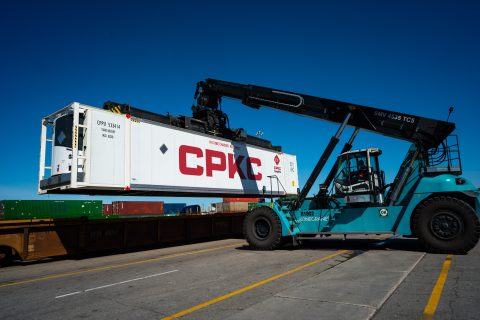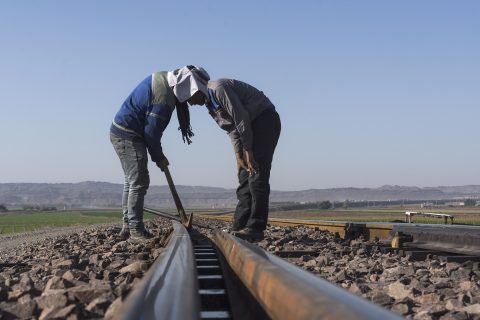Study shows direction for TEN-T modification

European interest group FERRMED is carrying out a study that could provide a fundamental tool in the modification of the TEN-T Regulation. This set of rules determining the corridor network of the EU is to be reviewed by the European Commission in 2021. The study should point out the prioritisation of action in every EU member state in optimising the TEN-T network.
The research will provide details of traffic flows, both globally and by mode of transport, section by section, of the nine corridors of the EU Core Network. It will define the measures to be taken to optimise modal distribution in the most congested areas, promises FERRMED.
The organisation has suggested methods for optimisation of the network before. Accordingly, it is more effective if the most densely used areas are taken into consideration first. Rather than optimising 80,000 kilometre of key railway lines by 2030, the original plan by the EU, it has defined a network of 6,000 kilometre in a proposal sent to the European Parliaent earlier.
Terminals and innovations
When it comes to rail transport, the study will identify strategic intermodal terminals (which are part of the busiest agglomerations), the main lines connecting them, the back-up lines and the main feeder lines.
For each section of the lines, it will detail the number of freight and passenger trains, the maximum permissible length of freight trains (which should be 740 metres in the first phase and 1500 metres in the final phase), the loading gauges allowed (which should be P 400 or GC-C), and the bottlenecks.
“It will also assess the state of implementation of the ERTMS system. Furthermore, it will identify the innovations in freight rolling stock needed to meet the requirements of so-called “intelligent trains”.
30 per cent by 2030
It is the ambition of the European Commission to considerably improve interoperability in Europe by 2030. To this end it issued Regulation 913/2010, which resulted in defining the Rail Freight Corridors (RFC’s), collectively the Core Network of Europe. The final objective of the European Commission is to ship 30 per cent of all terrestrial goods over distances greater than 300 kilometres by rail or barge by 2030.
“Aside from the economic advantages (lower transport costs), the environmental benefits are enormous. It would be possible to save more than 40 million tonnes of emissions every year and contain the growth in the number of lorries on the motorways” FERRMED says.
You just read one of our premium articles free of charge
Want full access? Take advantage of our exclusive offer





